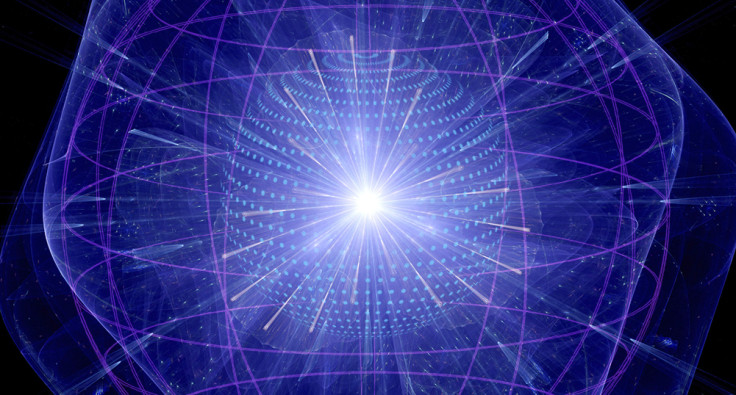Big Bang theory: Secondary inflation after initial burst explains dark matter estimates

The Big Bang Theory says the universe expanded from a very tiny, hot and dense point into an ever-expanding space – known as inflation. But what if there were two periods of inflation, with a second, shorter one taking place when the universe was just seconds old?
Physicists have proposed a new theory about the start of the universe that says there was a secondary inflationary period and that this could help us account for the amount of dark matter estimated to be present in the universe. The researchers, from the US Department of Energy's Brookhaven National Laboratory, Fermi National Accelerator Laboratory and Stony Brook University, will publish their theory in Physical Review Letters.
The amount of dark matter in the universe is a something of a conundrum. Our best estimates say it makes up about a quarter of the universe, with ordinary matter making up around 5%. But because it is "dark", understanding its properties and where it came from is very difficult, and some theories predict more dark matter than observations can support.
Hooman Davoudiasl, who led the group, said: "In general, a fundamental theory of nature can explain certain phenomena, but it may not always end up giving you the right amount of dark matter. If you come up with too little dark matter, you can suggest another source, but having too much is a problem."
In their study, the researchers say there was a second period of inflation between the fraction of a second when the universe exploded to the cooling period that has continued to this day. This secondary inflation would not have been as "grand or as violent" as the first, Davoudiasl said, but it could help explain the dilution of dark matter.
After the Big Bang, when the universe was very hot, dark matter particles could interact, transferring their energy into standard matter. But because dark matter interacts very weakly, when the universe expanded and cooled, the particles would have encountered each other less often, so the annihilation rate could not keep up with expansion. Because self-annihilation of dark matter could not persist at lower temperatures, "the amount of dark matter particles is frozen".
But with experiments placing greater constraints on the strength of dark matter interactions, some theories result in the overestimation of how much dark matter is out there. To try to explain the observations, the researchers say a second period of inflation would dilute the particle abundances leaving the universe with the amount of dark matter we observe today.
Davoudiasl said: "It's definitely not the standard cosmology, but you have to accept that the universe may not be governed by things in the standard way that we thought. But we didn't need to construct something complicated. We show how a simple model can achieve this short amount of inflation in the early universe and account for the amount of dark matter we believe is out there."
And, he said, their theory could be tested: "If this secondary inflationary period happened, it could be characterized by energies within the reach of experiments at accelerators such as the Relativistic Heavy Ion Collider (RHIC) and the Large Hadron Collider."
© Copyright IBTimes 2025. All rights reserved.





















